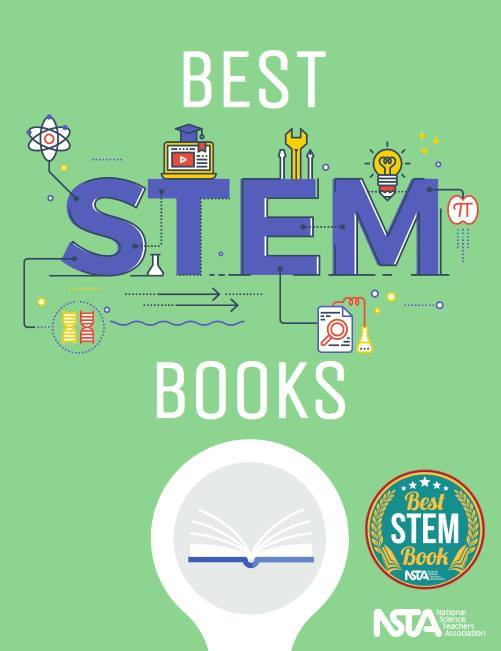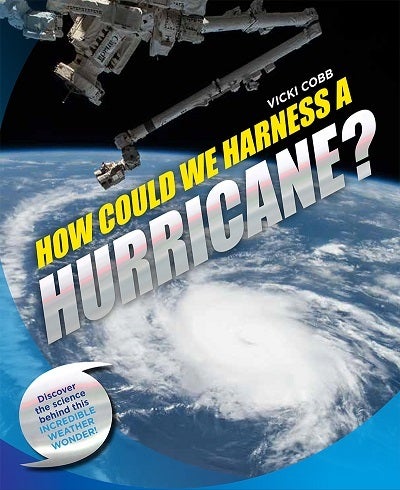
How are text books written? I can tell you how because I was once asked to write a science text book for children. A committee of curriculum people meet and decide what areas a course on science has to “cover.” They factor in what students could have learned in previous years and they come up with a list of topics relevant to the course. These are published as “standards” and publishers are told they are NOT an outline. Nevertheless, publishers, who want to show that they’ve hit all the bullet points, use it as an outline.
Many years ago, I was handed such an outline by a publisher, who wanted me follow the bullets by putting in my “light touch” so that I didn’t kill interest. Although, I really needed the money, I turned it down. “I don’t write like this,” I said. They didn’t understand. I moved on.
When I write expository material I start by connecting with my reader. For example, the opening sentence for my book Bangs and Twangs (on sound) says: “How many different ways can you make sounds with your body without using your voice?” As an aside I remind my reader with a wink, “Remember, not all sounds are polite.”
Then I ask them to experiment and find out—that invites them to play. Next I show them a way to see the source of a sound with a vibrating rubber band on a doorknob. This is procedure to experiment further. Finally, I connect this new knowledge, that sound is a vibration, to stringed instruments. I make a point of never straying very far from what my reader already knows about his or her world.
STEM, an acronym for science, technology, engineering and math, is a way of integrating these disciplines to understand real-world problems. I have ALWAYS written STEM books before there was a name for it. The sequence of concepts, the observable examples with hands-on verification, and the playfulness of my voice are the hallmarks of my work.
I have found that science teachers often do not use the textbook they’ve been given. Many make up their own lessons. In recent years, the National Science Teachers Association has been looking for ways to integrate nonfiction literature into science courses. To this end they have created a new list of Best STEM Books. Today they released their second list amidst much excitement. It is a short list of 22 books. I reviewed one of the winning books: The Invention Of The World’s Most Inspiring And Inspired Musical Instrument
I had a colleague, Mary Kay Carson, review another: Dancing To Interstellar Space
And I wrote a third:

This is the thinking behind the selections:
STEM books offer endless opportunities for engaged learning. They invite students to see the world differently and to think in new ways about what they observe. We have chosen titles that provoke readers to examine the “thinking stance” of characters— not simply to look at actions and results.
Best STEM Books winners explore problems and possible solutions in the scientific world and, where applicable, in the lives of the protagonists. Instead of focusing on specific content, the Best STEM Books emphasize real-world issues that cross disciplinary boundaries.
Teachers can use these books to foster and model “minds-on” work. Parents, grandparents, and other caregivers can involve even the youngest children in the process of STEM thinking.
How do we prepare 21st-century kids for challenges and jobs that we at present cannot even describe? The Best STEM Books help by celebrating convergent and divergent thinking, analysis and creativity, persistence, and the sheer joy of figuring things out.
Here is the link to the 2018 list of Best STEM Books published by the NSTA. I am thrilled to be a part of it.
